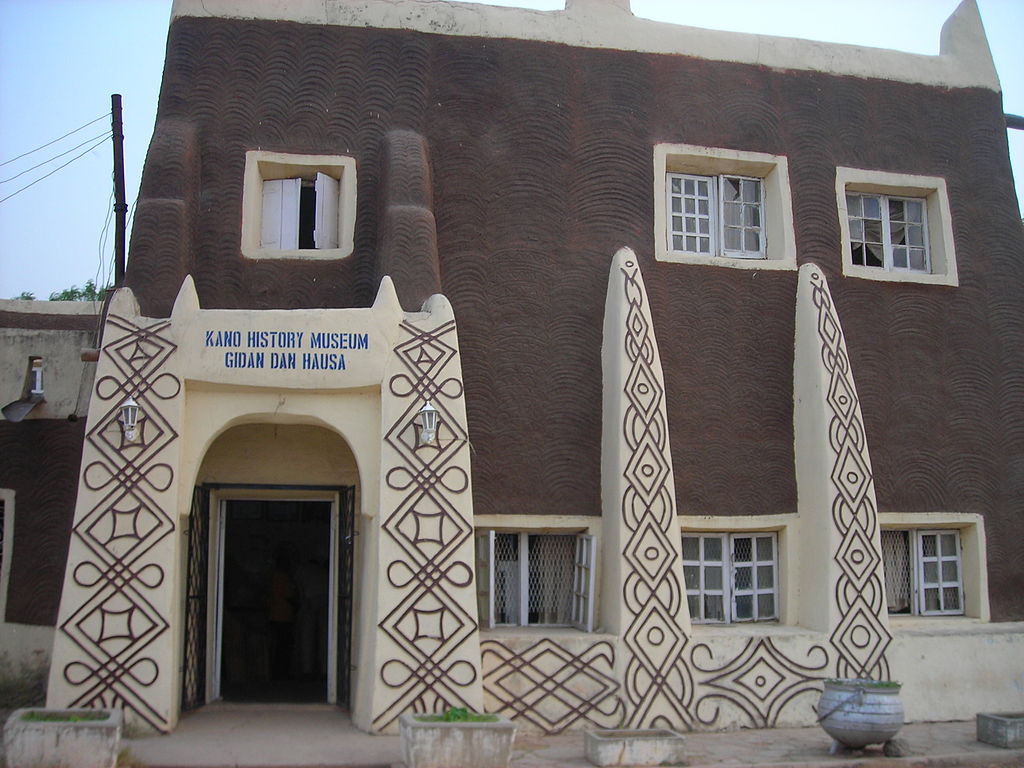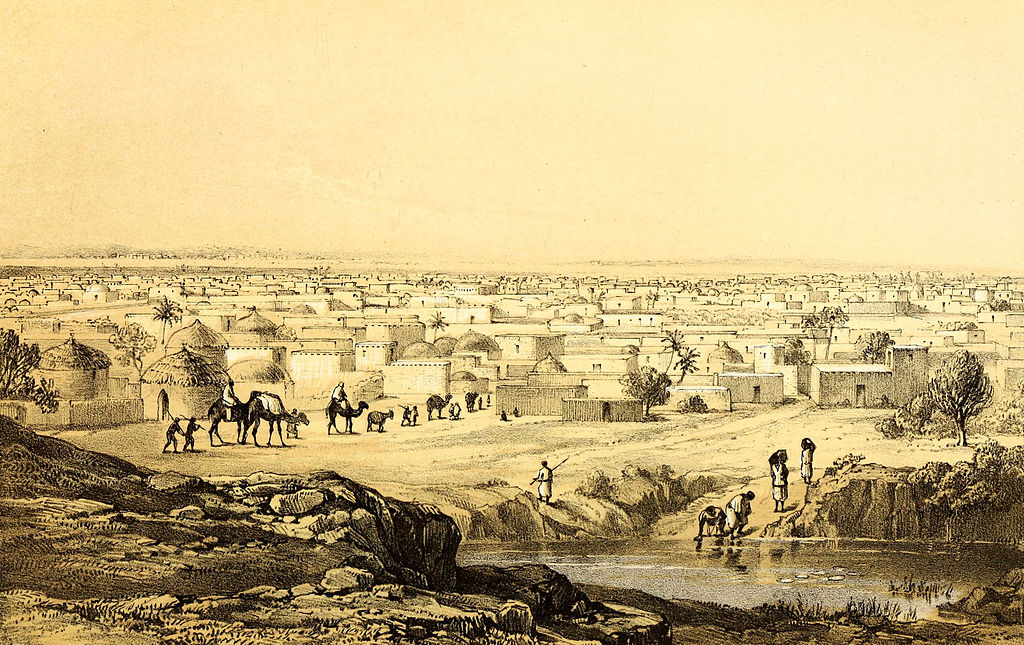Kano
- Kano is the state capital of Kano State in North West, Nigeria. It is situated in the Sahelian geographic region, south of the Sahara. Kano is the commercial nerve centre of Northern Nigeria and is the second largest city in Nigeria.
- The principal inhabitants of the city are the Hausa people. However, there are many who speak Fulani language. As in most parts of northern Nigeria, the Hausa language is widely spoken in Kano. The city is the capital of the Kano Emirate.
- In the 7th century, Dala Hill, a residual hill in Kano, was the site of a hunting and gathering community that engaged in iron work; it is unknown whether these were Hausa people or speakers of Niger–Congo languages. Kano was originally known as Dala, after the hill, and was referred to as such as late as the end of the 15th century and the beginning of the 16th by Bornoan sources.
- The Kano Chronicle identifies Barbushe, a priest of a Dala Hill spirit, as the city's first settler. (Elizabeth Isichei notes that the description of Barbushe is similar to those of Sao people.[4]). While small chiefdoms were previously present in the area, according to the Kano Chronicle, Bagauda, a grandson of the mythical hero Bayajidda,[5] became the first king of Kano in 999, reigning until 1063.[6][7] His grandson Gijimasu (1095–1134), the third king, began building city walls at the foot of Dala Hill. His own son, Tsaraki (1136–1194), the fifth king, completed them during his reign.[7]
- In the 12th century Ali Yaji as King of Kano renounced his allegiance to the cult of Tsumburbura, accepted Islam and proclaimed the Sultanate that was to last until its fall in the 19th century. The reign of Yaji ensued an era of expansionism that saw Kano becoming the capital of a pseudo Habe Empire. In 1463 Muhammad Rumfa (reigned 1463- 1499) ascended the throne. During his reign, political pressure from the rising Songhai Empire forced him to take Auwa, the daughter of Askiyah the Great as his wife. She was to later become the first female Madaki of Kano. Rumfa reformed the city, expanded the Sahelian Gidan Rumfa (Emir's Palace), and played a role in the further Islamization of the city,[8] as he urged prominent residents to convert.[9] The Kano Chronicle attributes a total of twelve "innovations" to Rumfa.[10]
- According to the Kano Chronicle, the thirty-seventh Sarkin Kano (King of Kano) was Mohammed Sharef (1703–1731). His successor, Kumbari dan Sharefa (1731–1743), engaged in major battles with Sokoto.
Read more: https://en.wikipedia.org/wiki/Kano
External Links
This page uses materials from Wikipedia available in the references. It is released under the Creative Commons Attribution-Share-Alike License 3.0.
References Wikipedia contributors. (2019, March 12). Kano. In Wikipedia, The Free Encyclopedia. Retrieved 21:53, March 18, 2019, from Link
[4] Isichei, Elizabeth (1997). A History of African Societies to 1870. Cambridge University Press. p. 234. ISBN 0-521-45599-5.
[5] Okehie-Offoha, Marcellina; Matthew N. O. Sadiku (December 1995). Ethnic and Cultural Diversity in Nigeria. Africa World Press. p. 40. ISBN 978-0-86543-283-3.
[6] "Kano". Britannica Online. Encyclopædia Britannica, Inc. Link
[7] Ki-Zerbo, Joseph (1998). UNESCO General History of Africa, Vol. IV, Abridged Edition: Africa from the Twelfth to the Sixteenth Century. University of California Press. p. 107. ISBN 0-520-06699-5.
[8] "Caravans Across the Desert: Marketplace". AFRICA: One Continent. Many Worlds. Natural History Museum of Los Angeles County Foundation. Archived from the original on January 2, 2005. Retrieved 2007-05-06. Link
[9] "50 Greatest Africans – Sarki Muhammad Rumfa & Emperor Semamun". When We Ruled. Every Generation Media. Retrieved 2007-05-05. Link
[10] Nast, Heidi J (2005). Concubines and Power: Five Hundred Years in a Northern Nigerian Palace. University of Minnesota Press. p. 60. ISBN 0-8166-4154-4.


